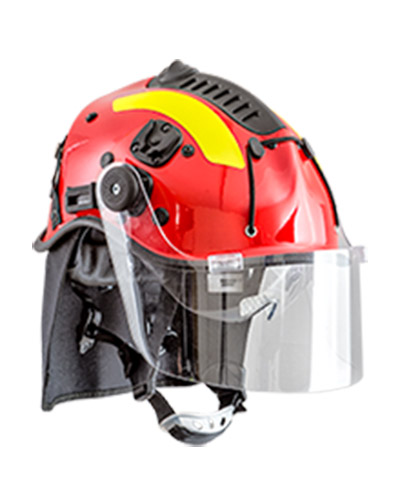Design and Functionality of Steel Bollards in Urban Environments
The Significance of Steel Bollards in Urban Design and Safety
In the modern urban landscape, safety and aesthetics often go hand in hand. One element that plays a crucial role in achieving both goals is the steel bollard. These sturdy, short vertical posts are commonly found in streets, parking lots, and public spaces, serving a variety of essential functions. From enhancing security to guiding traffic, steel bollards are a significant feature of contemporary urban design.
The Role of Steel Bollards in Urban Safety
First and foremost, steel bollards are primarily used for safety purposes. They act as physical barriers that protect pedestrians from vehicles, especially in busy urban areas where foot traffic is high. By creating a clear distinction between pedestrian zones and vehicle pathways, bollards help to minimize accidents, reducing the likelihood of vehicle collisions with pedestrians. This function is especially critical in places like city squares, parks, and near shopping centers where crowds can be significant.
Moreover, steel bollards are often used to control vehicle access. In sensitive locations such as government buildings, airports, and event venues, they are strategically placed to prevent unauthorized vehicle entry while allowing pedestrian movement. These security measures have become increasingly important in an era where security threats are a heightened concern. Some bollards are even designed to withstand high-impact collisions, offering an additional layer of protection against potential terrorist attacks involving vehicles.
Aesthetic Value and Customization
Beyond their utilitarian purposes, steel bollards contribute to the aesthetic appeal of urban environments. They come in various designs, colors, and finishes, allowing cities to choose styles that complement their architectural themes. Customization options enable urban planners to create a unique identity for different districts or neighborhoods. For example, a historic district may opt for classic styles, while a modern commercial area might choose sleek, contemporary designs.
steel bollard

Bollards can also feature artistic elements, becoming focal points in public spaces. Some cities have commissioned local artists to create unique bollard designs, incorporating cultural or historical references that resonate with the community. This blend of functionality and art fosters a sense of place and encourages residents and visitors to engage more deeply with their surroundings.
Environmental Considerations
In the age of sustainability, the materials used in constructing bollards must also be taken into account. Steel, as a highly recyclable material, is an eco-friendly choice for urban furniture. Many manufacturers produce bollards from recycled steel, contributing to a circular economy and reducing the environmental impact of urban development. Additionally, some bollards are designed to incorporate greenery, such as vertical gardens or planters, further enhancing biodiversity in urban settings.
Conclusion
Steel bollards are more than just simple posts lining the streets—they are crucial components of urban safety, design, and environmental sustainability. As cities continue to evolve and adapt to modern challenges, the role of steel bollards will likely expand. With advancements in technology and design, future bollards may incorporate smart technology, offering features such as built-in LED lighting or sensors to monitor traffic and pedestrian flow.
Ultimately, the thoughtful integration of steel bollards into our urban landscapes symbolizes the balance between safety, functionality, and aesthetics. As urban challenges grow, the importance of these unsung heroes of urban design will undoubtedly remain, affirming their essential place in the cities of tomorrow.
-
The Smarter Choice for Pedestrian AreasNewsJun.30,2025
-
The Gold Standard in Round Drain CoversNewsJun.30,2025
-
The Gold Standard in Manhole Cover SystemsNewsJun.30,2025
-
Superior Drainage Solutions with Premium Gully GratesNewsJun.30,2025
-
Superior Drainage Solutions for Global InfrastructureNewsJun.30,2025
-
Square Manhole Solutions for Modern InfrastructureNewsJun.30,2025
-
Premium Manhole Covers for Modern InfrastructureNewsJun.30,2025
